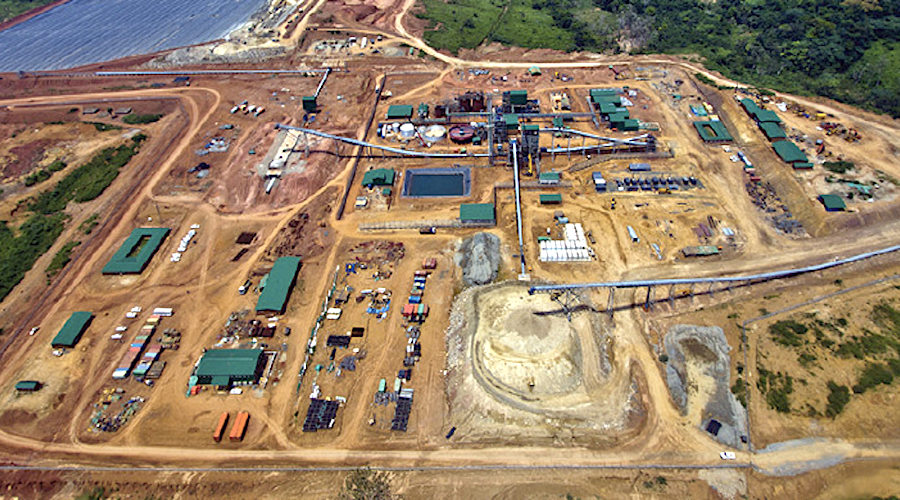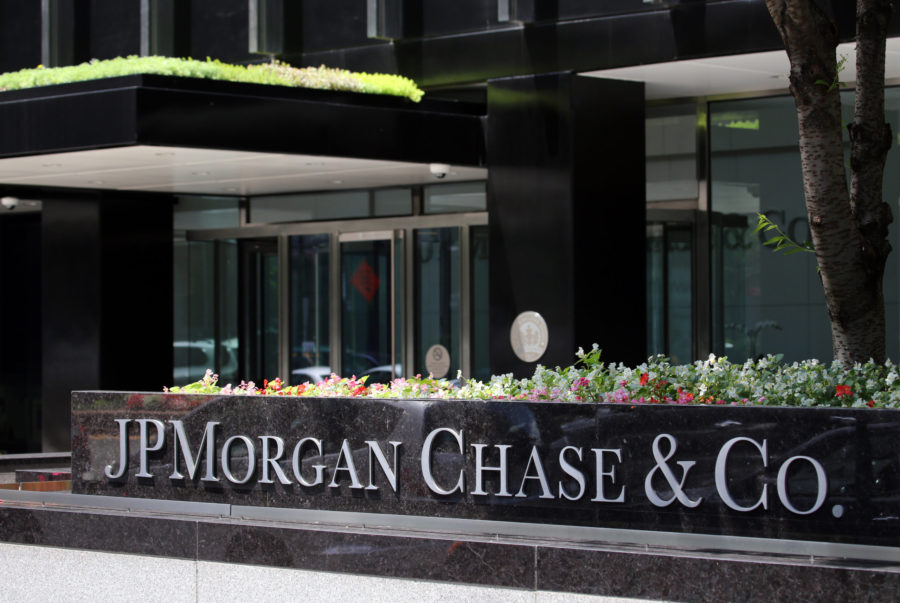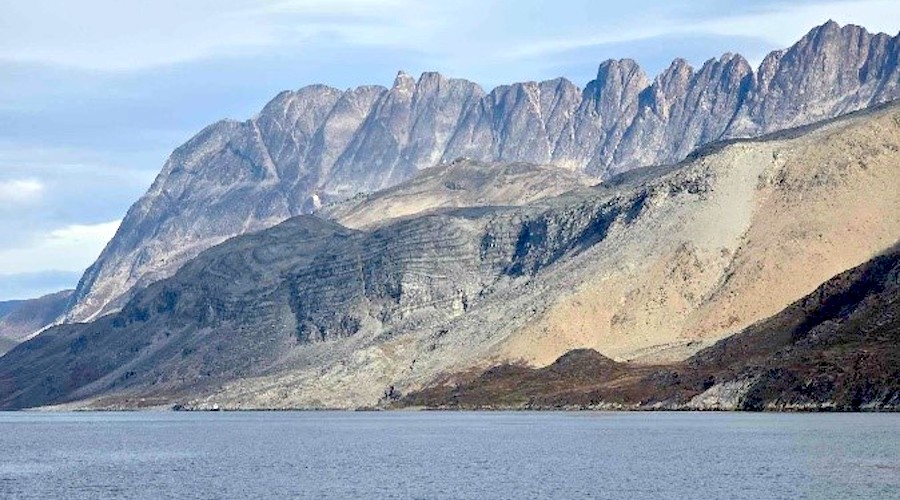Congo challenges Canadian miner Banro’s declaration of force majeure

The government of the Democratic Republic of Congo is disputing Banro Corporation’s recent request for force majeure following repeated attacks to its mines from armed rebels that made it impossible for the gold producer to keep staff and assets safe.
The Canadian miner invoked the legal clause that frees a company from meeting contractual obligations in September, arguing that the recurrent attacks on its Namoya, Lugushwa, and Kamitug mines constituted the kind of unpredictable events that justified it.
Banro noted at the time that its Twangiza site remained operational, which is one of the reasons why DRC is disputing the company’s declaration of force majeure.
The Canadian miner invoked the legal clause that frees a company from meeting contractual obligations in September after recurrent attacks on mines and staff prompted an operations halt
The Ministry of Labour and Social Welfare also argues that the Canadian miner has no legal status in the country and therefore its local subsidiaries are the only entities legally entitled kick off the procedure.
Banro’s chief executive officer, Brett Richards, told Reuters he had power of attorney to demand force majeure on behalf of Banro’s Congo subsidiaries. Still, he said he plans to re-submit the request through the directors of the subsidiaries.
Richards also disputed the minister Néné Ilunga Nkulu ‘s claim that Namoya was still in production, saying the mine has been inactive since he ordered evacuation of the site on Sept. 16.
Banro, present in eastern DRC since the 1990s, had its licenses confiscated by the government during a civil war that killed five million people, but they were returned in 2002 as the conflict drew to a close.
In the following years, Banro built its Twangiza and Namoya mines. The latter was the target of multiple attacks, including the kidnapping of employees, which led the cash-strapped company to halt operations in 2017.
The miner also had a challenging run that nearly ended in bankruptcy two years ago.
Back from the ashes
A Canadian court approved a rescue plan in early 2018, enabling the company’s main creditors — Chinese state-controlled Baiyin International Investments and Connecticut-based Gramercy Funds Management — to become its senior shareholders.
The move allowed Banro to resume operations. Fresh attacks, however, including the kidnapping of four employees in July, disrupted mining activities.
Banro’s mines have been repeatedly attacked and employees kidnapped by militiamen in Eastern Congo
The company ended up signing an agreement with the leader of the Mai Mai militia, allowing artisanal local miners to temporarily extract gold from Namoya’s site in exchange for the release of the abducted workers, La Libre Afrique reported.
Congo’s east is rife with insecurity, with well over a hundred armed groups active in the region, while infrastructure such as roads and power plants is dilapidated and inadequate, in contrast to the more peaceful, better-serviced southeastern Katanga region. There, numerous state-of-the-art copper and cobalt mines are owned by companies including Glencore (LON: GLEN) and China Molybdenum Co.
Banro is not the only Canadian miner to be a recent victim of ongoing and violent attacks. On Wednesday, at least 37 civilians were killed and more than 60 injured when gunmen ambushed a convoy transporting workers of Montreal-based Semafo (TSX: SMF) in eastern Burkina Faso.
With files from Reuters.
More News
JPMorgan scoops over 5% stake in Rio Tinto
This would make the investment bank Rio's second-largest shareholder after global investment manager Vanguard Group.
March 12, 2025 | 03:58 pm
Drill more, mine more on public lands, US interior secretary urges
Interior Secretary Doug Burgum said he believes the Trump administration can unwind between 20% and 30% of the country's regulations.
March 12, 2025 | 02:23 pm
Critical Metals releases S-K 1300 report on Tanbreez rare earth project in Greenland
Tanbreez is one of the largest rare earth deposits in the world.
March 12, 2025 | 01:55 pm
{{ commodity.name }}
{{ post.title }}
{{ post.excerpt }}
{{ post.date }}




Comments
Kenio Bennett
Cool